While essentially soldiers of fortune, many were driven by ideology more than profit.
The most famous were the Eagle Squadrons.
After being passed over for a promotion and grounded, he resigned from the military in April 1937.
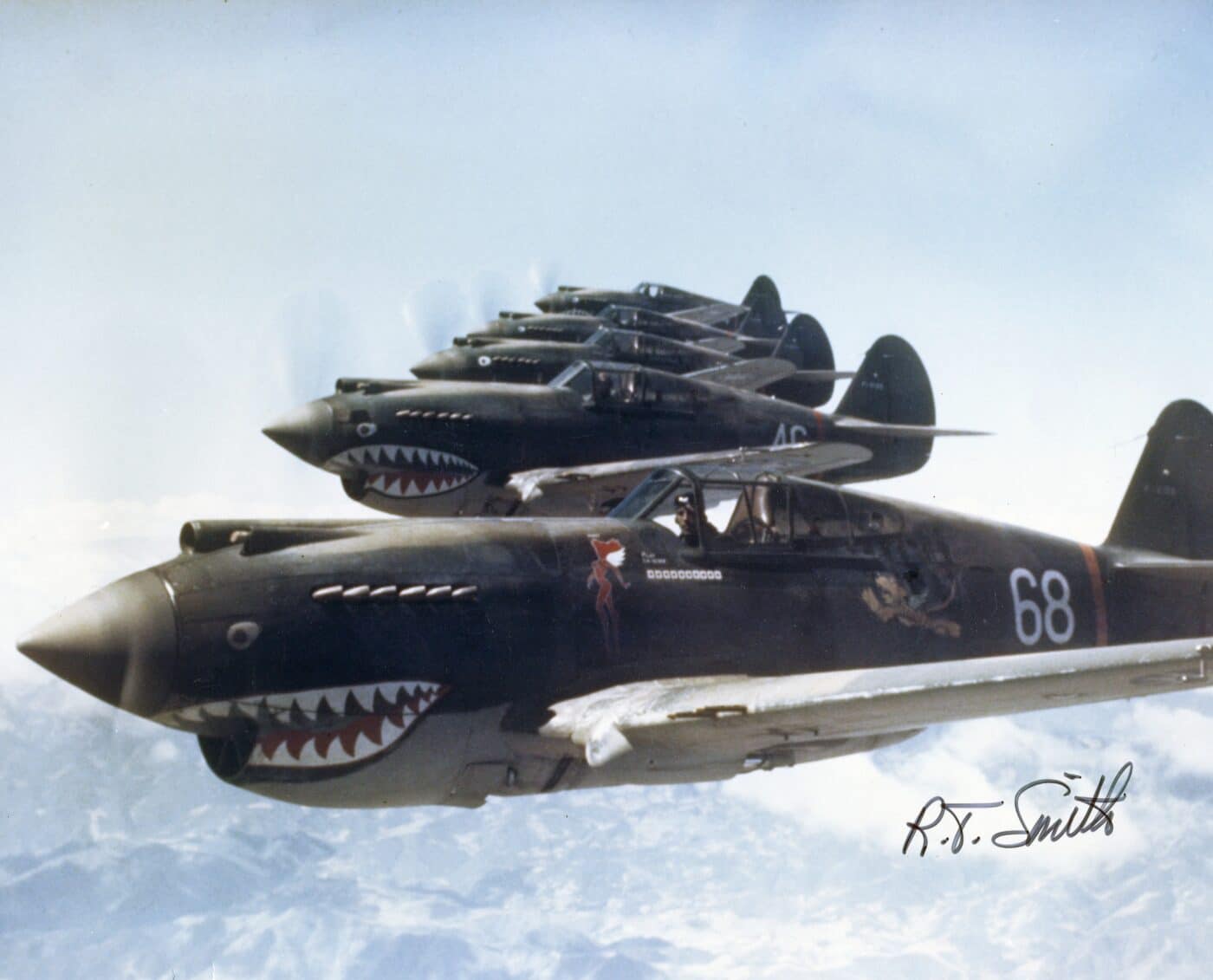
These early P-40B’s sported two cowl-mounted .50-cals. along with four wing-mounted .30-cal. machine guns. Image: San Diego Air & Space Museum
That short hitch in China would eventually last eight years!
But he didnt serve alone, far from it, in fact.
The P-40 was truly Americas state-of-the-art fighter prior to World War II.
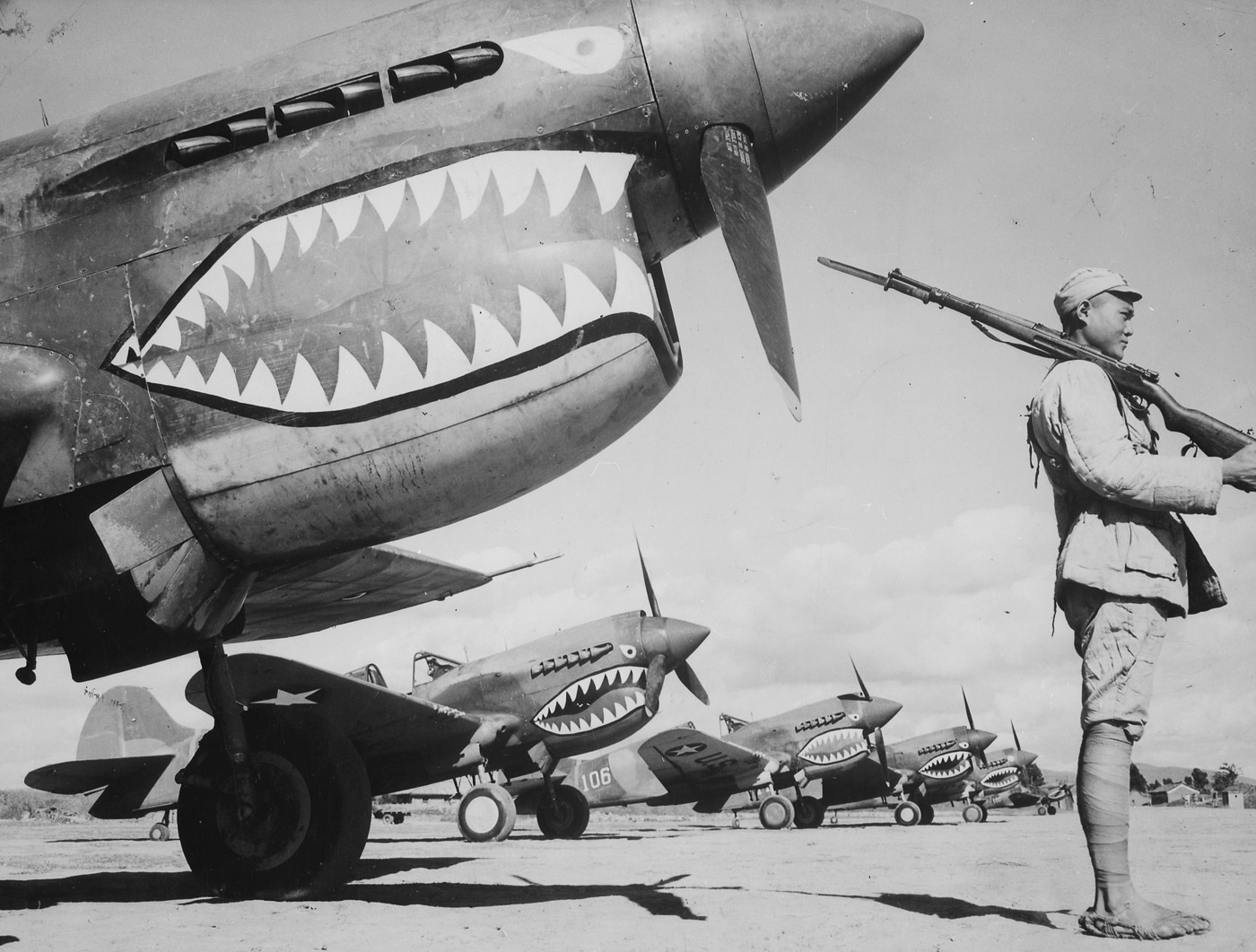
A Chinese soldier guards a line of American P-40 fighter planes, painted with the shark-face emblem of the “Flying Tigers.” Image: NARA
The pay was more than almost any military aviator earned at the time.
Those bonuses were later extended to include enemy planes destroyed on the ground.
Around a dozen of them were also Chinese Americans.
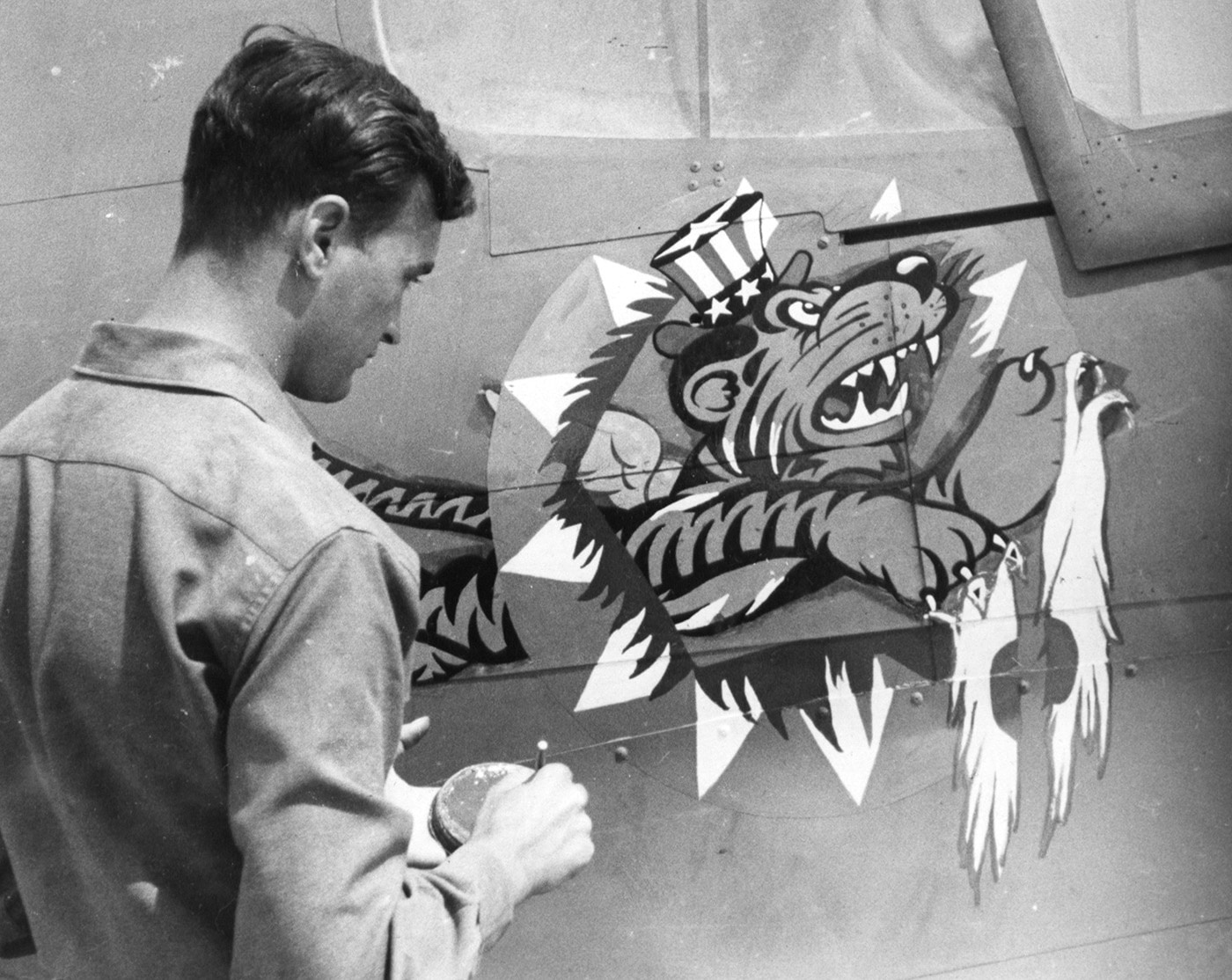
The Flying Tiger insignia of the American Volunteer Group is painted on a P-40 Warkhawk. Uncle Sam’s hat represented integration with the U.S. Army Air Force. Image: NARA
However, Chennault proved to be a perfect leader for these soldiers of fortune.
He taught the American aviators tactical methods, which included 72 classroom hours and 60 flying hours.
The classroom lectures included simple and easy-to-remember diagrams of Japanese aircraft highlighting the vulnerable points.
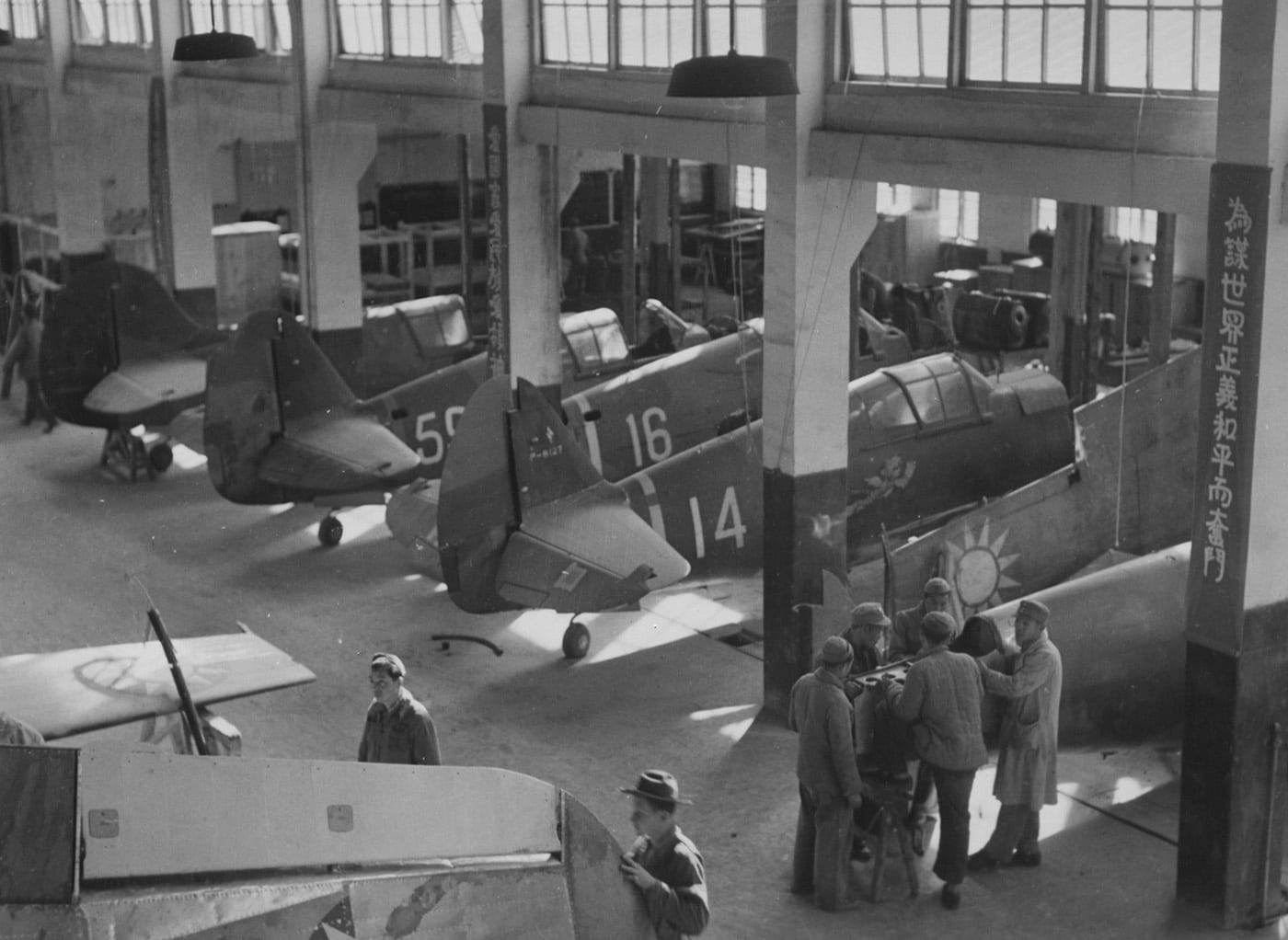
This is a fuselage assembly room in China. It initially assembled Curtiss P-40 fighters for the American Volunteer Group. They continued the same operations for the U.S. Air Force. Image: NARA
The training was rigorous and dangerous.
Three pilots died, while multiple planes and other equipment were damaged in various accidents.
Yet, by November 1941, the pilots were trained and most of the P-40s had arrived in Asia.
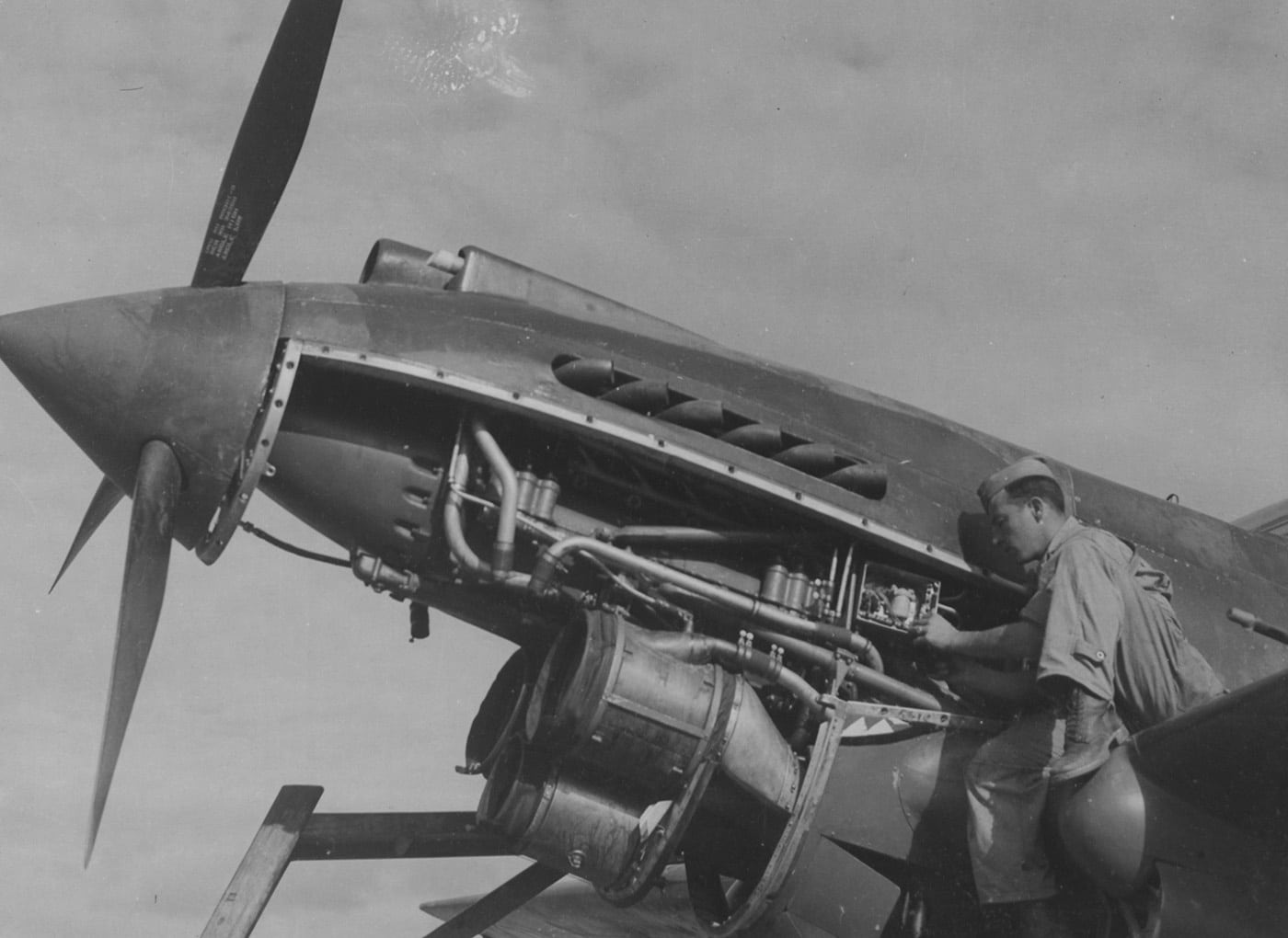
A former American Volunteer Group Curtiss P-40 is overhauled in September 1942. It was the first plane to shoot down a Japanese plane after the 23rd Fighter Group took over at Kunming, China. Image: NARA
Chennault scrambled two squadrons and deployed them into the air.
The aviators tore into the A6Ms.
The sortie highlighted the capabilities of the AVG, but it was a personal victory for Chennault.
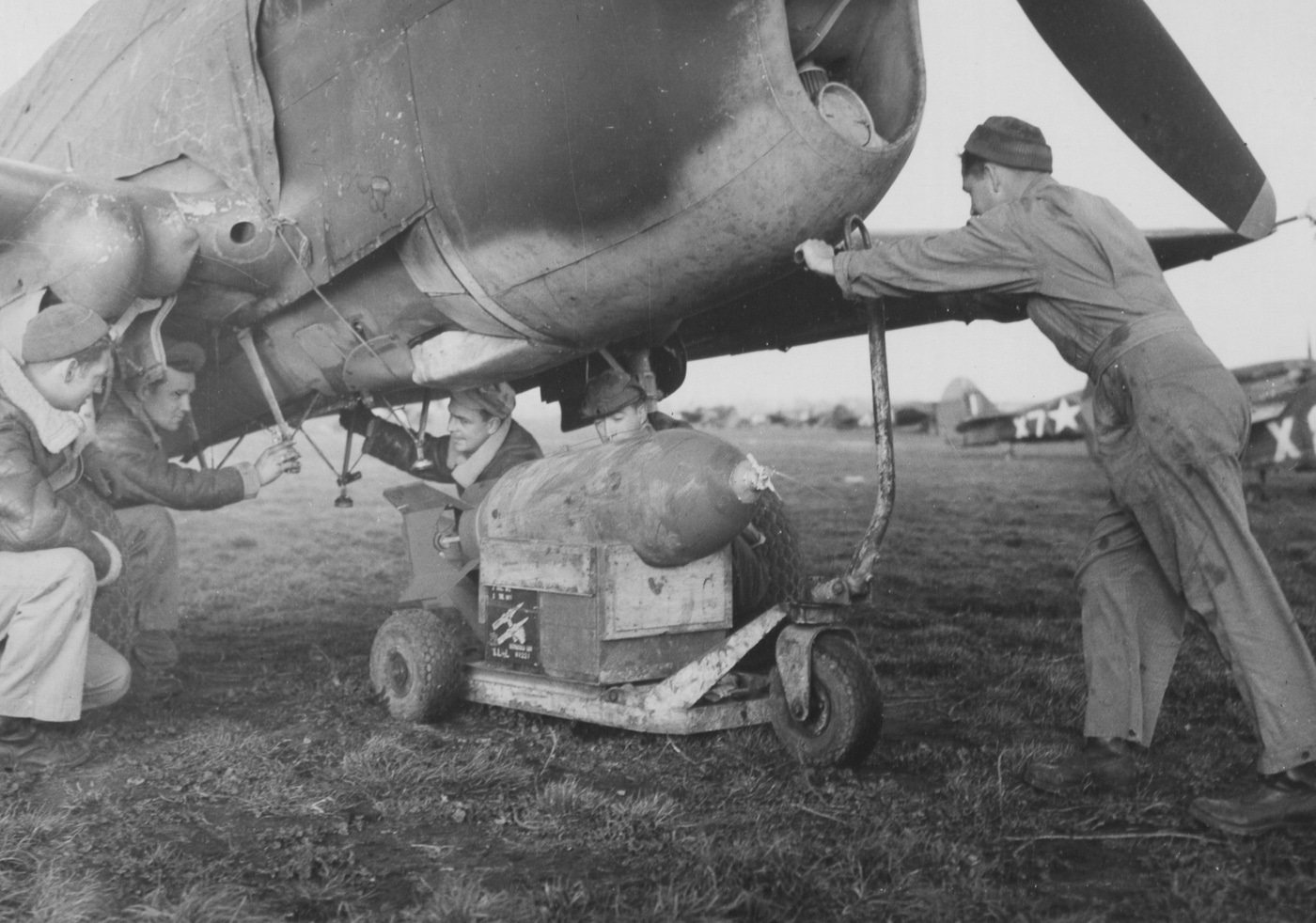
The Curtiss P-40 could be used to attack ground targets with a 500-lb. bomb loaded under its belly. Image: NARA
The name quickly stuck.
However, subsequent encounters with the Japanese proved that the AVG was facing an adversary that could adapt quickly.
Fortunately, the Flying Tigers had faster and more maneuverable aircraft.
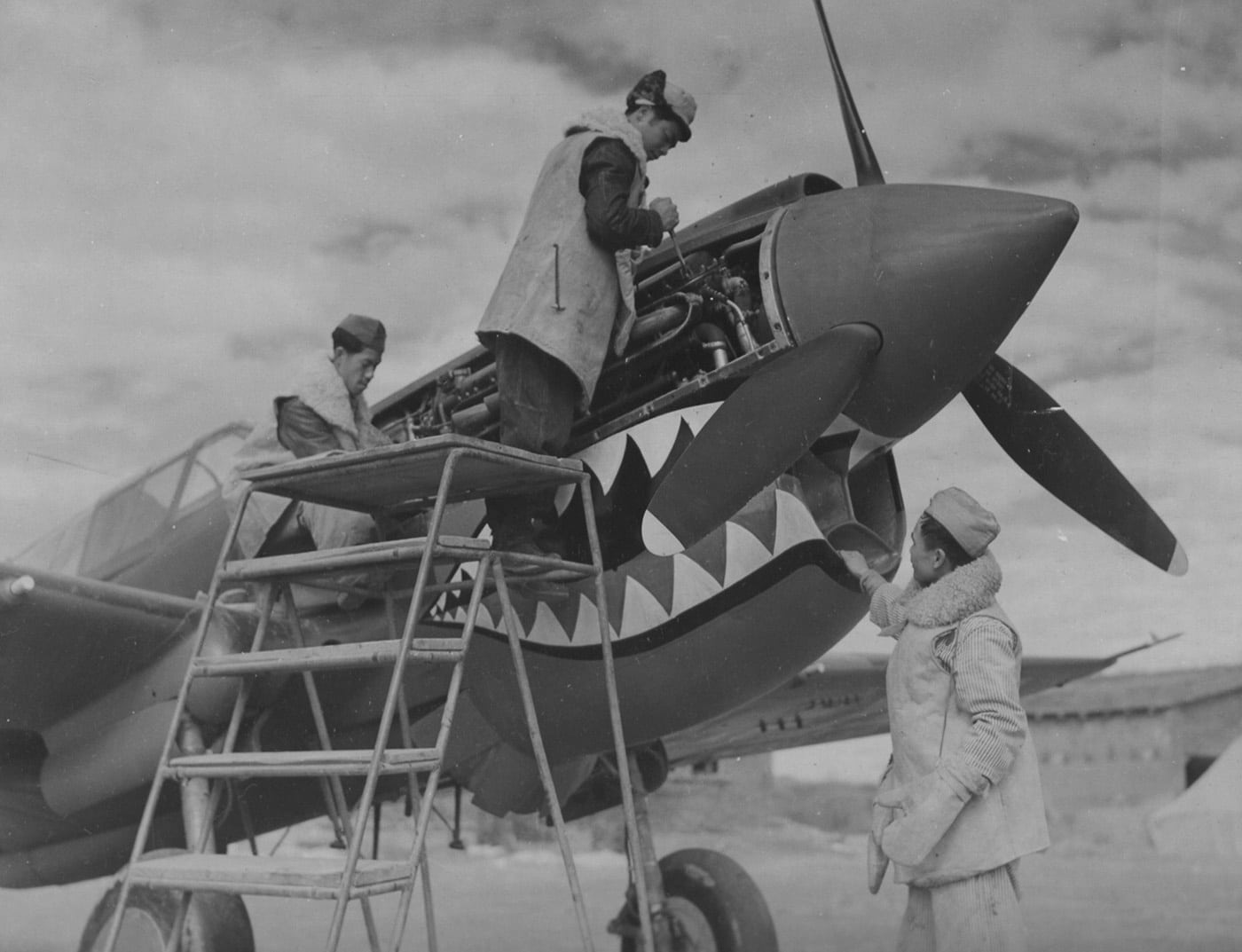
Part of the American Volunteer Group, these Chinese-Americans volunteered for the fight in September 1942. This photo was taken in November 1942 at Chengkung Airfield near Kunming, China. Image: NARA
More importantly, they were better trained.
Even as the Japanese adapted, the Americans responded just as quickly.
That resulted in victory after victory against the Japanese Air Force.
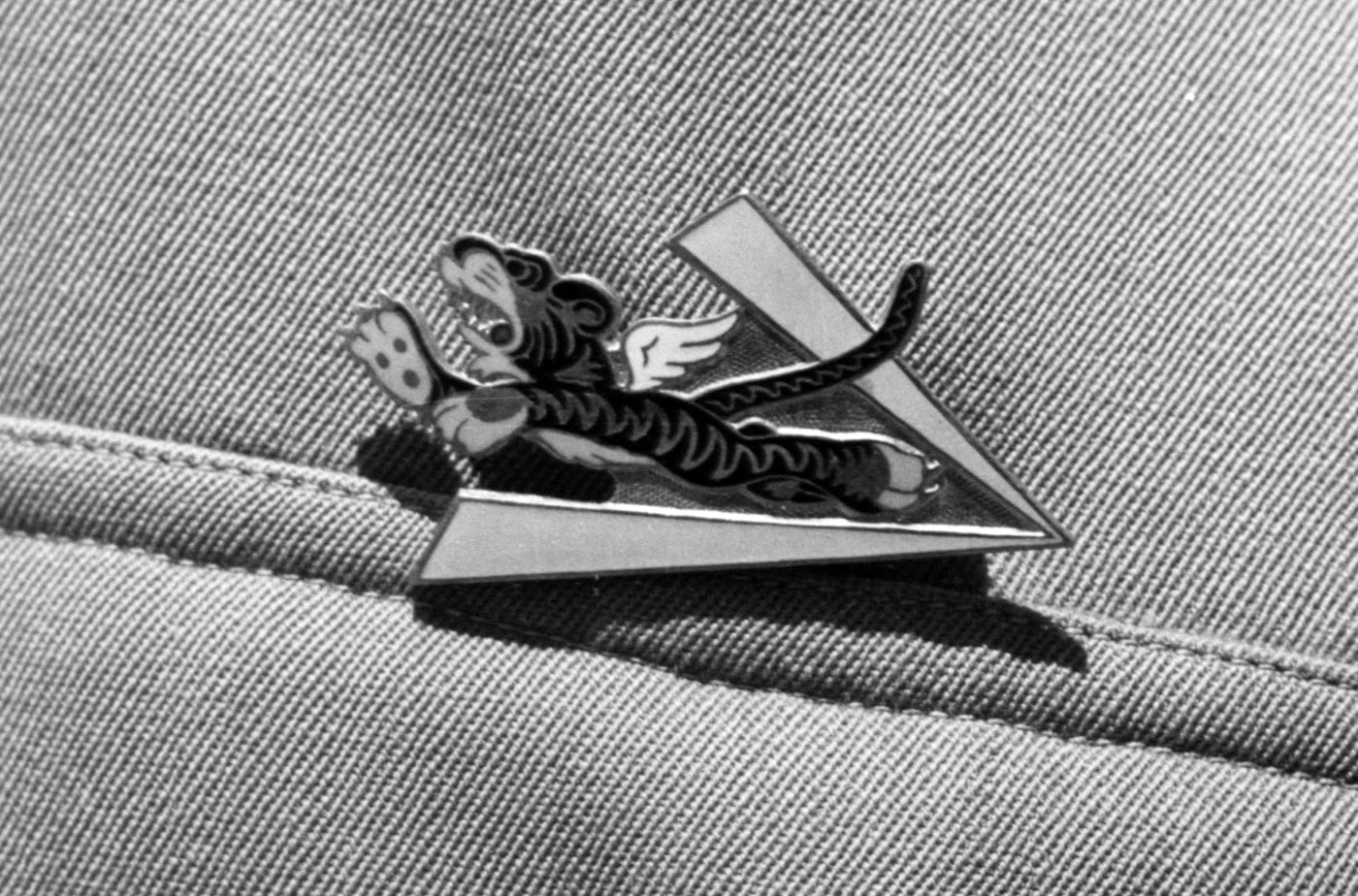
This was the uniform pin worn by the men of the American Volunteer Group in China. Image: NARA
That proved to be vital.
Chennault also became the first American military leader to be publicly recognized for striking a blow against the Japanese.
The Flying Tigers ensured that the road remained open.
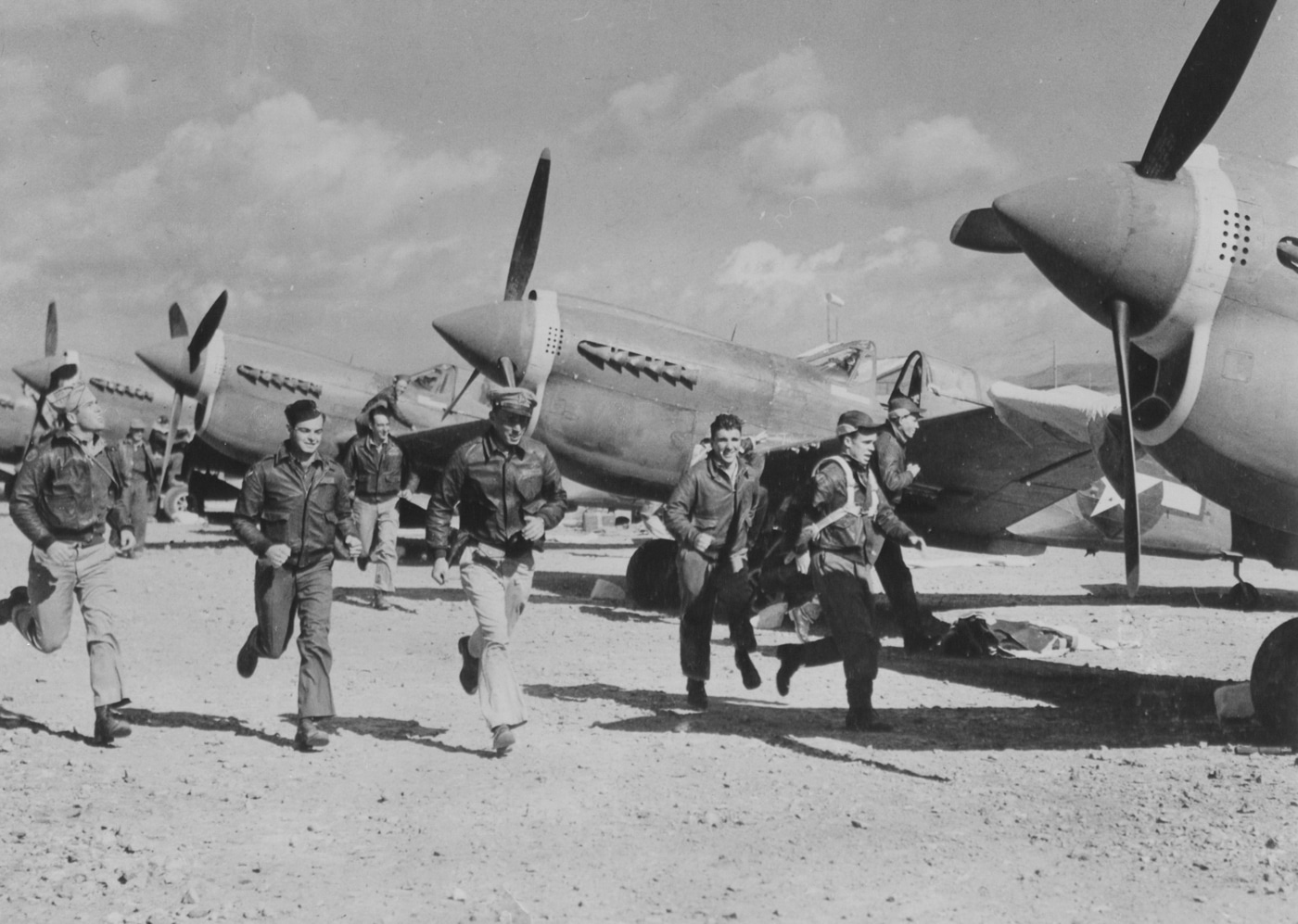
Pilots of the Flying Tigers rush to their P-40 fighters during a Japanese air raid. Image: NARA
Japan can be defeated in China, proclaimed Brig.
It can be defeated by an Air Force so small that in other theaters it would be called ridiculous.
The history of the unit will live on, like all good legends.
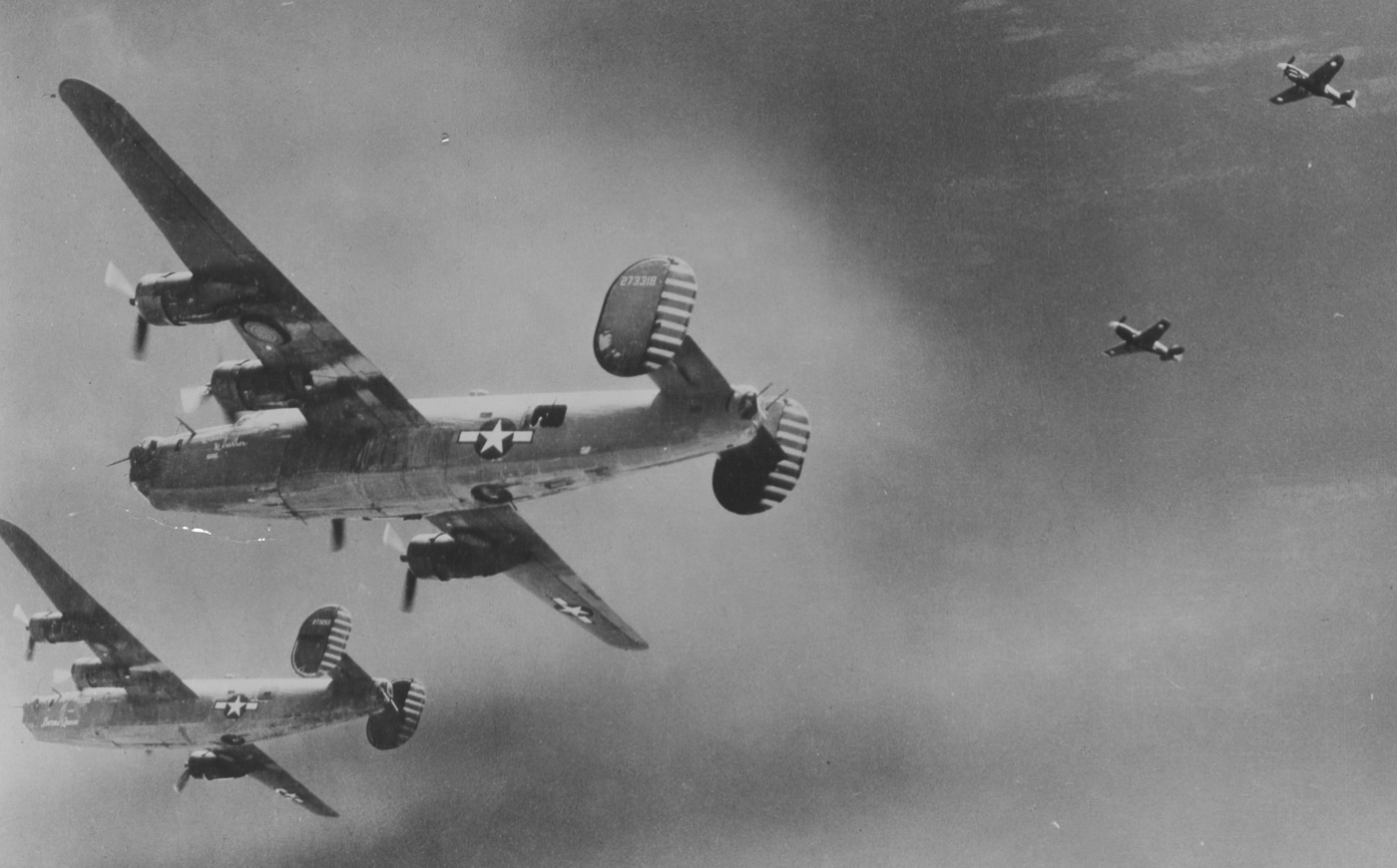
The Flying Tigers escort Consolidated B-24 bombers during a raid on Sinshih, a Japanese supply point in the Hunan campaign. Image: NARA
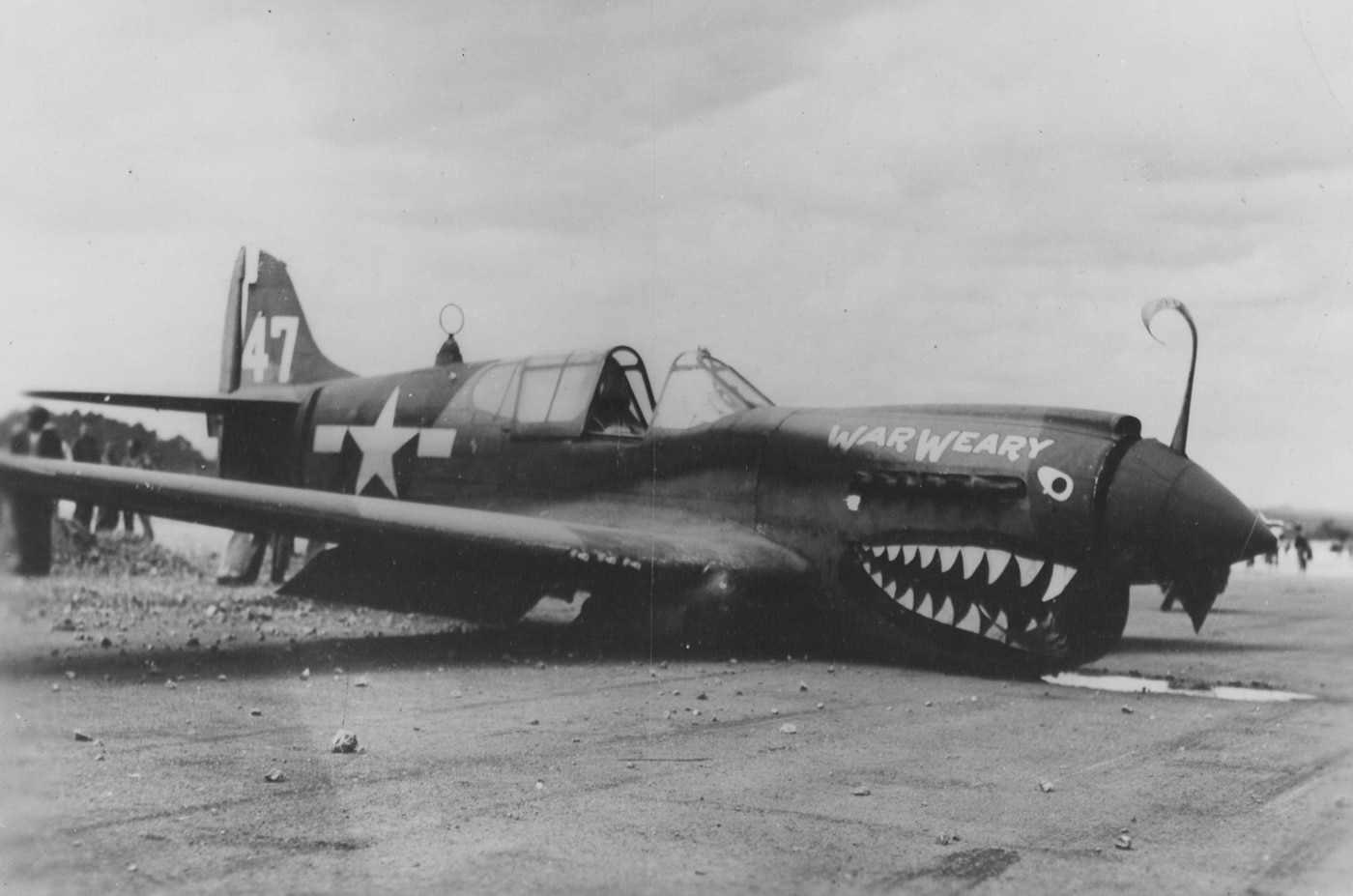
This P-40 Warhawk was damaged during a training flight during April 1944 in Kunming, China. Image: NARA
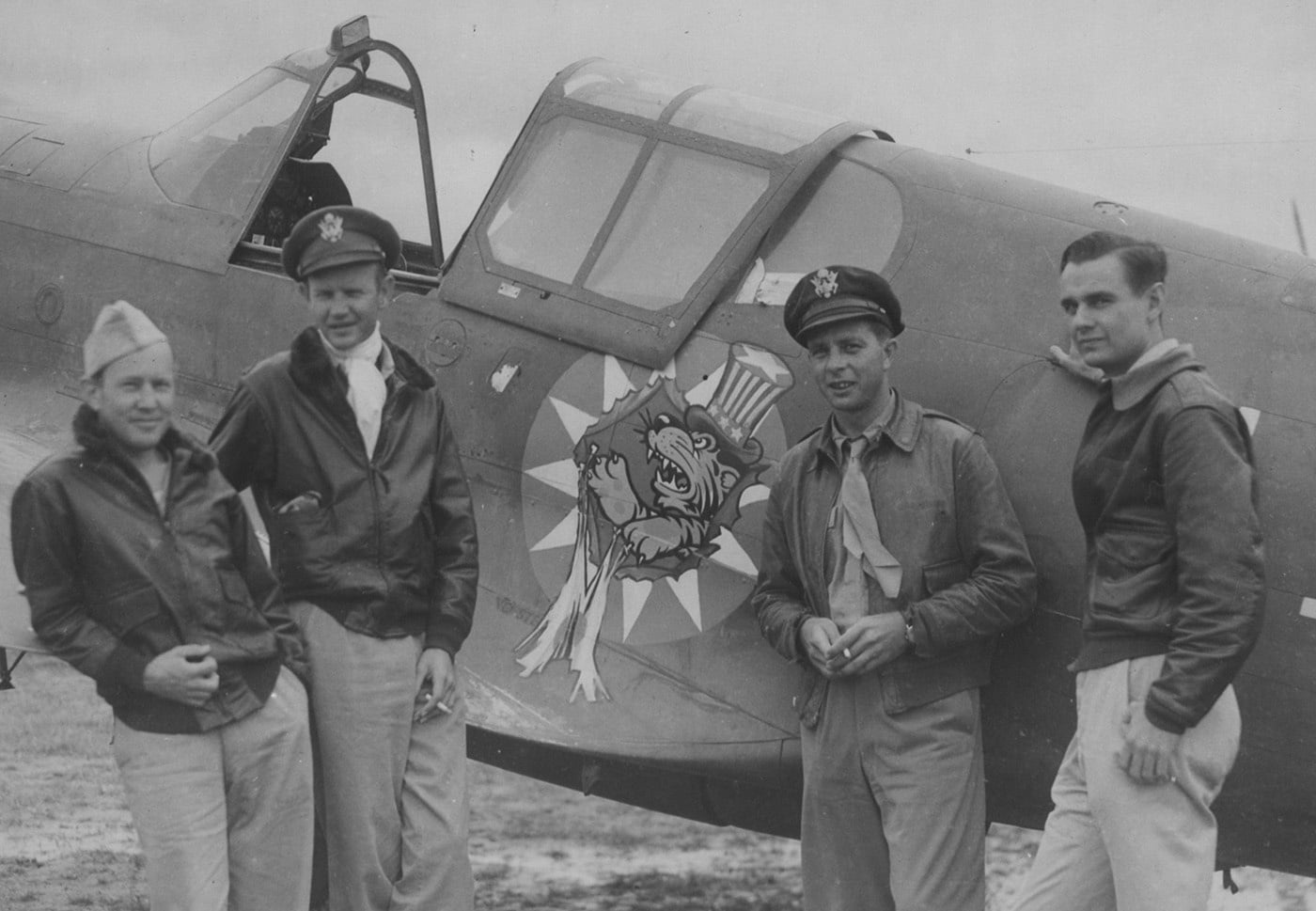
These men were all pilots of the Flying Tigers after the AVG was integrated with the U.S. Army Air Force in 1942. At the far left is then-Maj. John R. Alison. Image: NARA
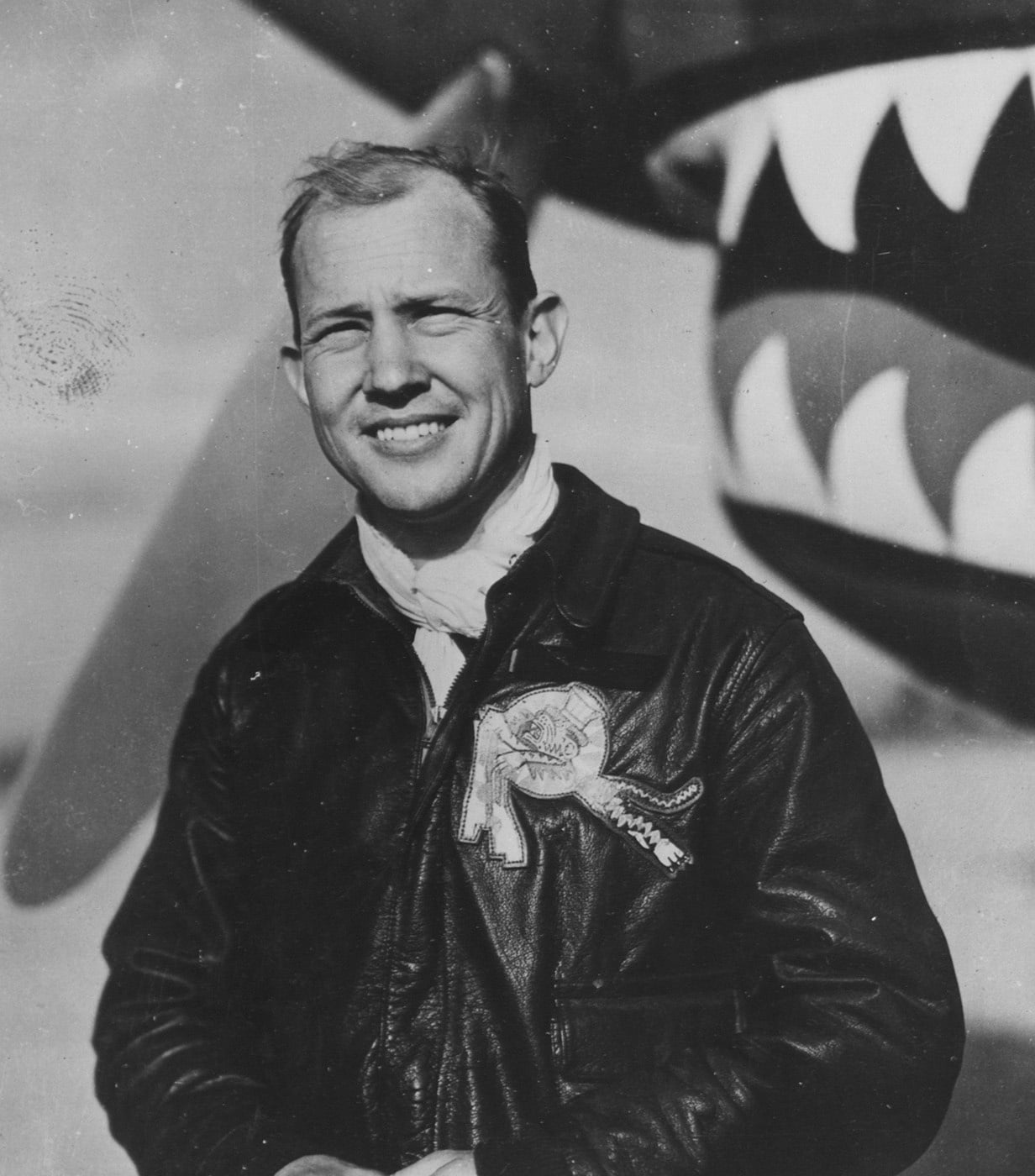
Gen. John R. Alison was awarded the Distinguished Service Cross and Silver Star for his actions in the China Air Task Force. He is also known as the father of Air Force Special Operations. Image: NARA
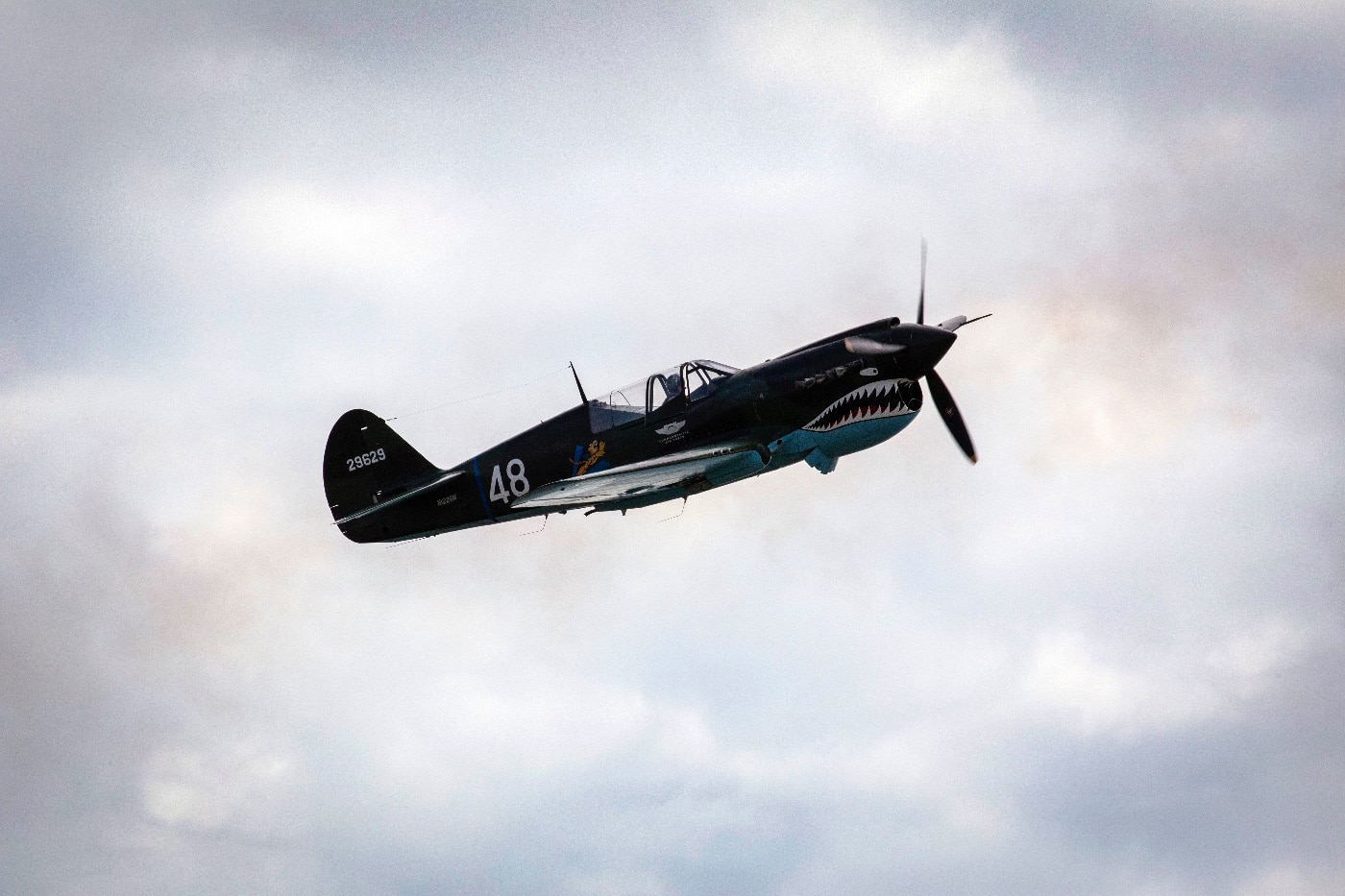
A P-40N Warhawk performs at an airshow at Homestead Air Reserve Base in Florida. It is painted in the colors of the American Volunteer Group. Image: Master Sgt. Mark C. Olsen/U.S. Air Force
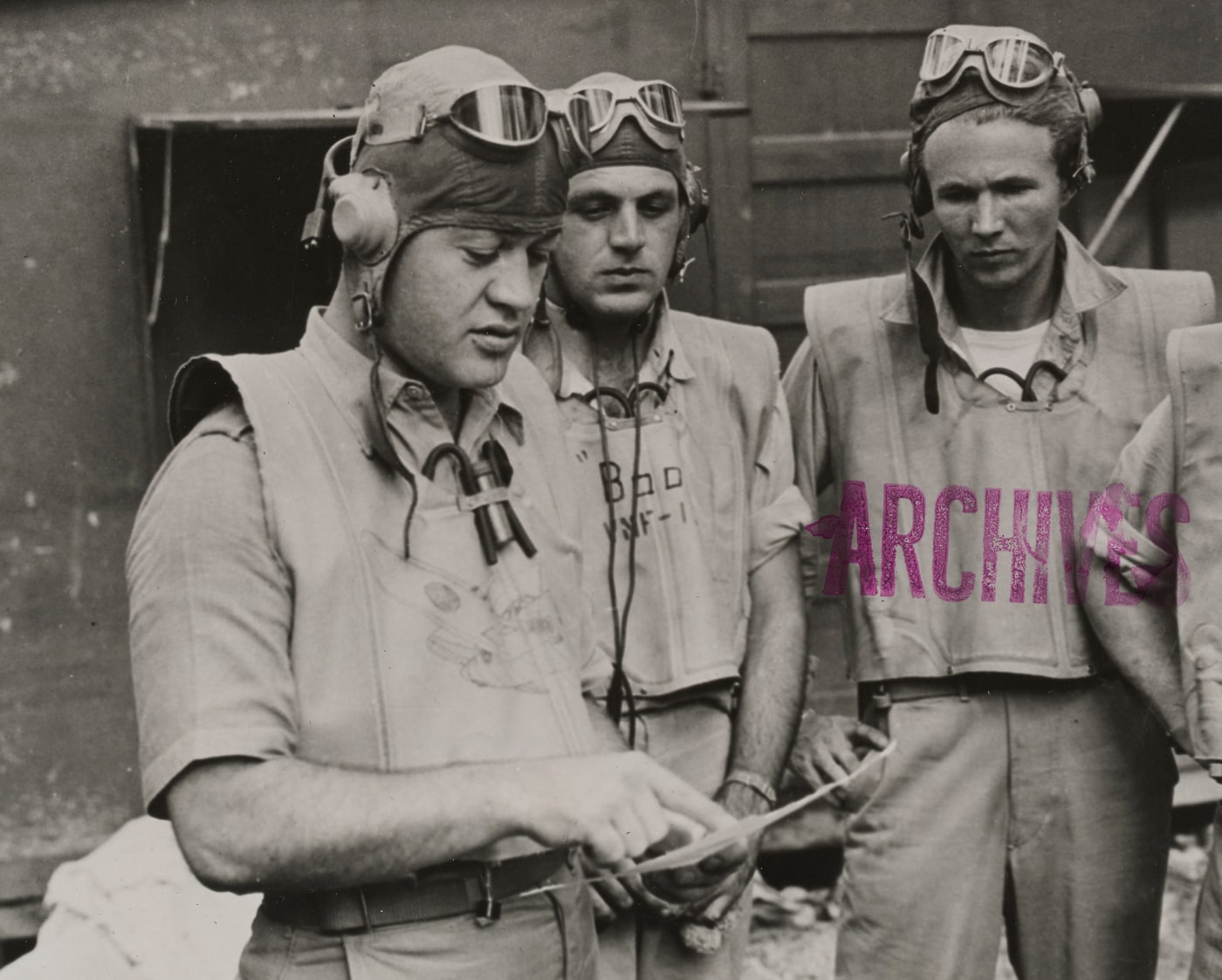
In December 1943, Gregory “Pappy” Boyington provides a squadron briefing for a mission over Papua New Guinea. Boyington was in the Flying Tigers prior to commanding VMF-214. Image: Bauer/U.S. Navy




